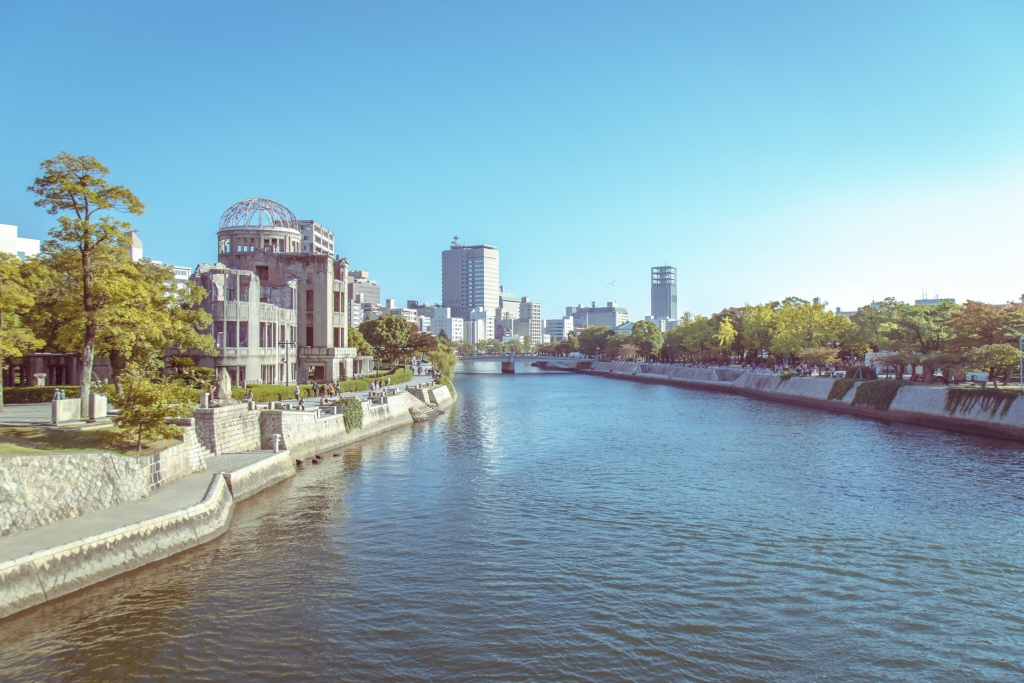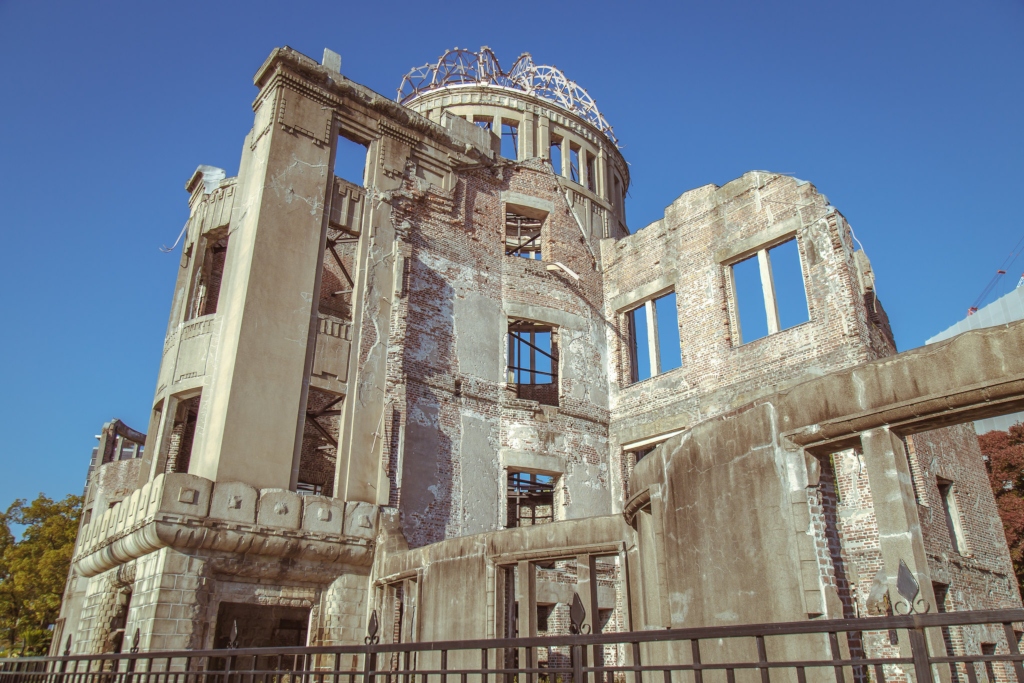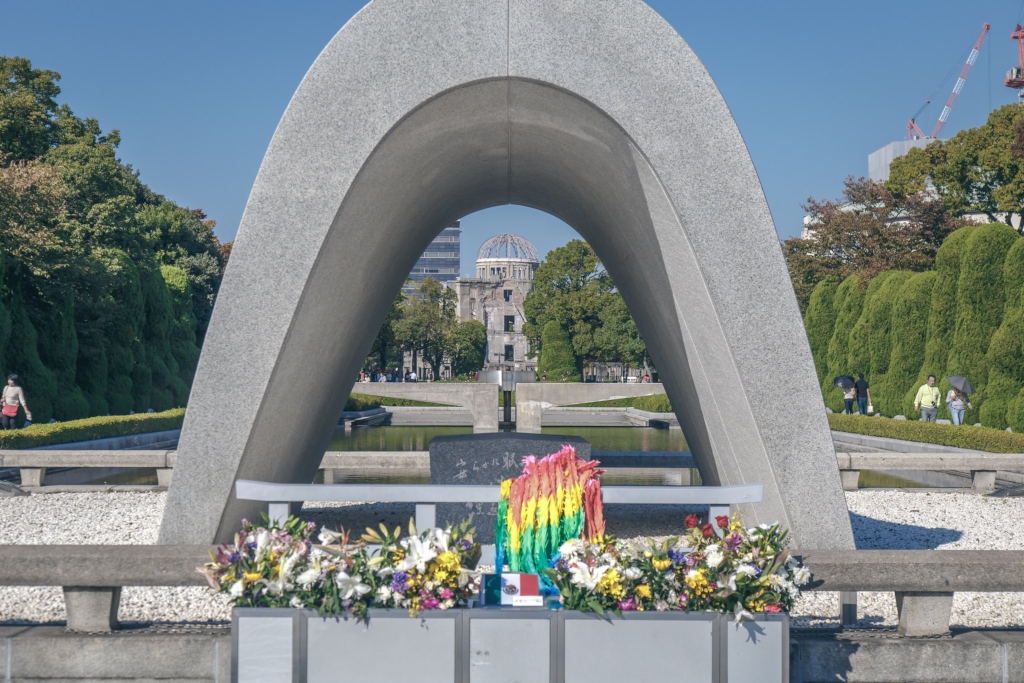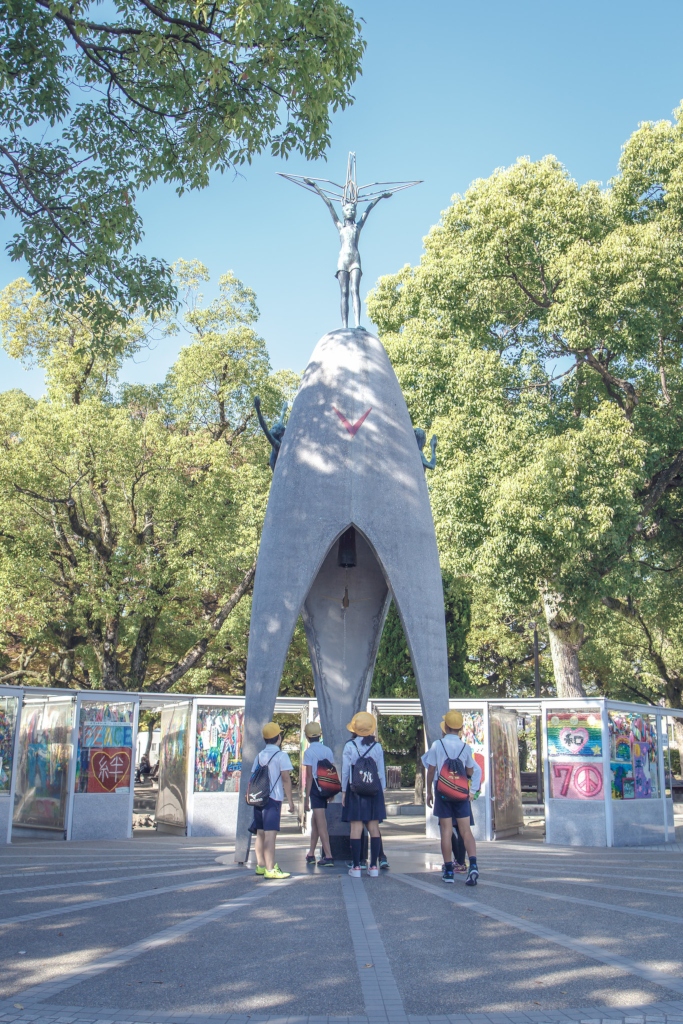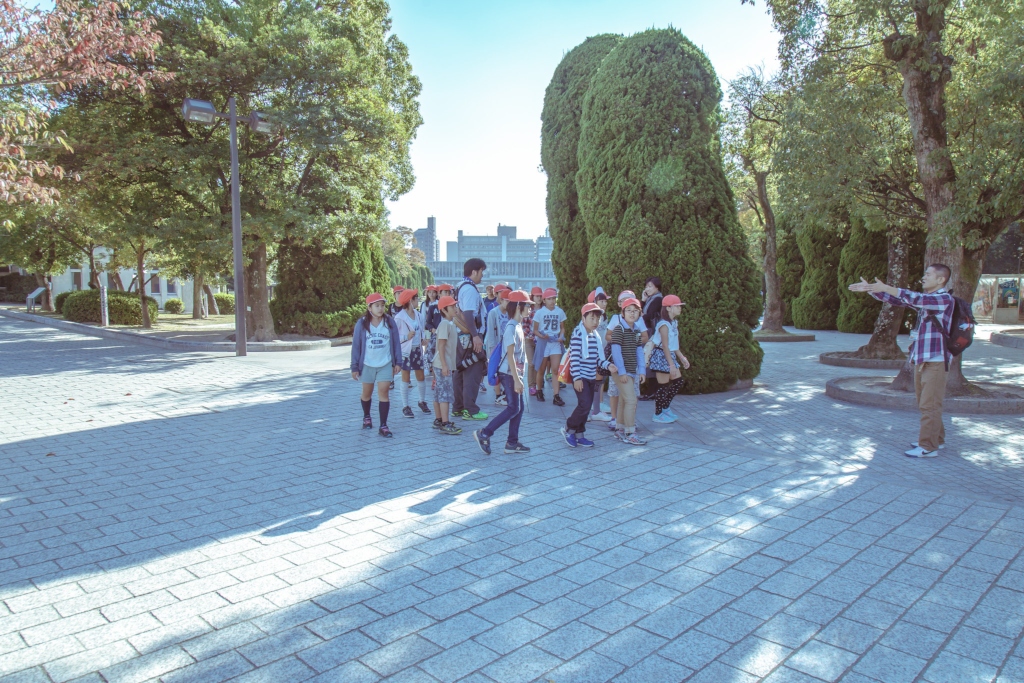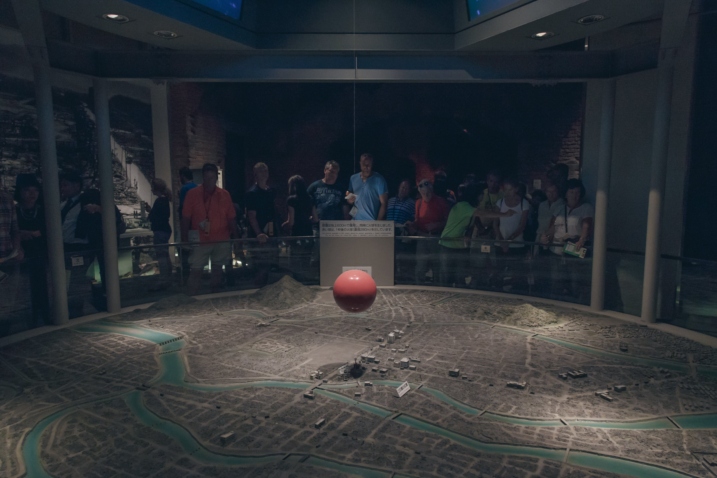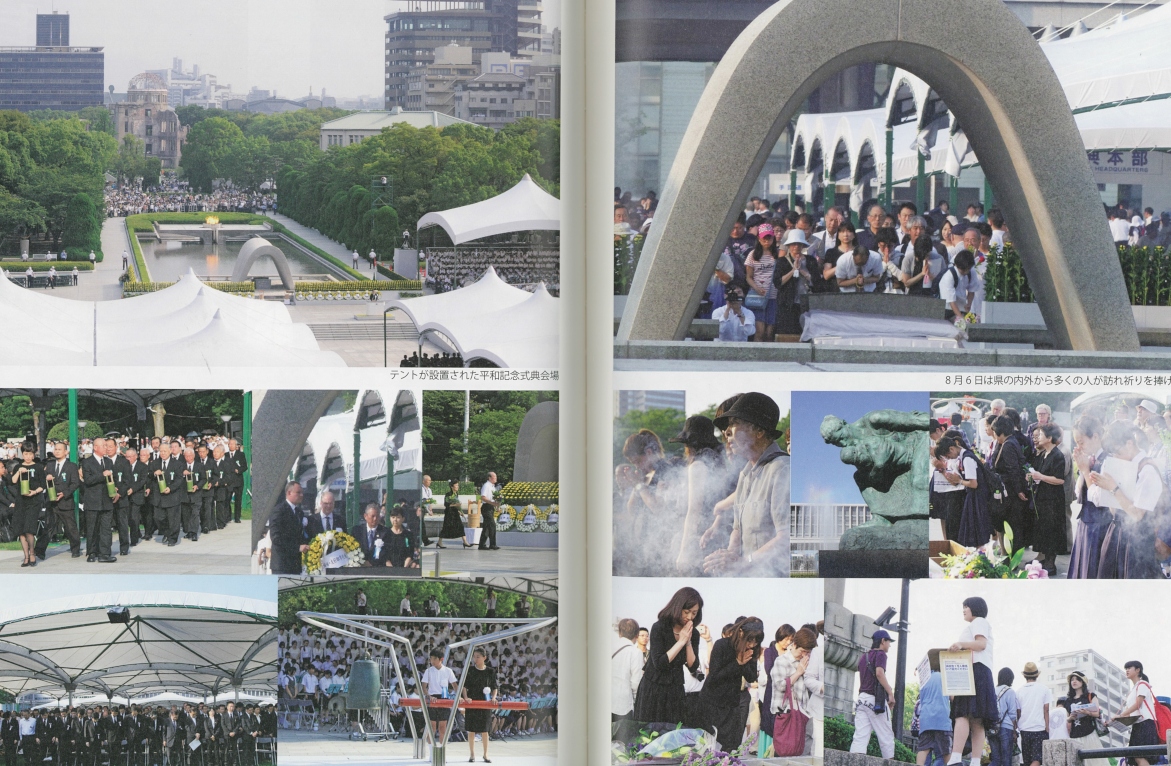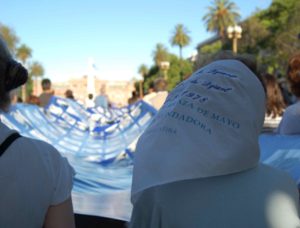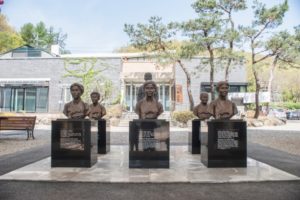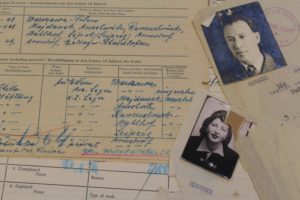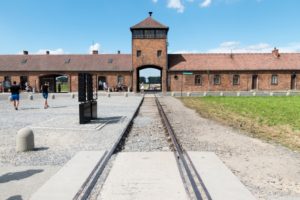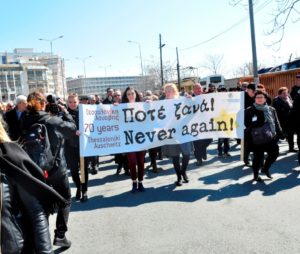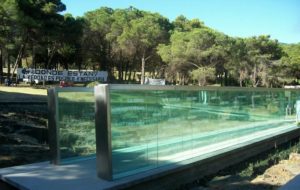Hiroshima Peace Memorial (Genbaku Dome)
Site
Theme: Armed conflict

Address
Hiroshima Peace Memorial Park
Country
Japan
City
Hiroshima
Continent
Asia
Theme: Armed conflict
Purpose of Memory
The site commemorates the nuclear devastation that took place at the end of World War II in the city of Hiroshima.
Institutional Designation
Hiroshima Peace Memorial (Genbaku Dome)
Date of creation / identification / declaration
1950
Public Access
Free
UNESCO Connection
1996: Registered in the UNESCO World Heritage list.
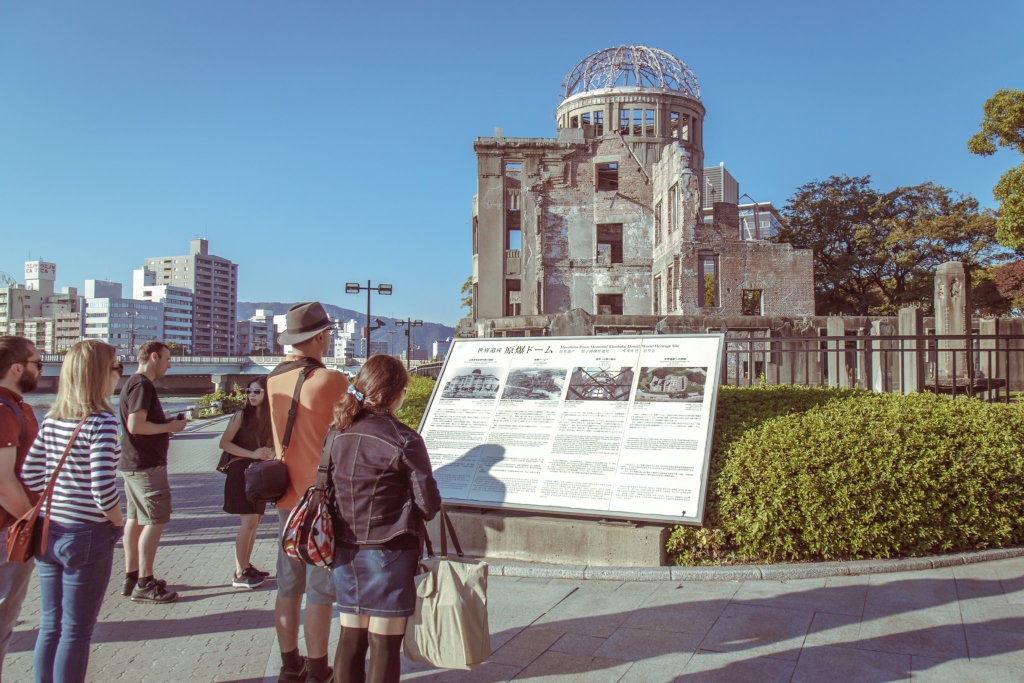
Location description
The Hiroshima Peace Memorial, also known as the Genbaku Dome, is made up of the structure of the only building left standing near the place where the first atomic bomb exploded on August 6, 1945.
The building, together with others that were built later, is located in the Hiroshima Peace Memorial Park. Every August 6 various commemoration activities take place there.
At the end of World War II, on August 6, 1945, the United States Army dropped “Little Boy”, the first atomic bomb, against civilians and destroyed the Japanese city of Hiroshima. Three days later, another one was dropped in the city of Nagasaki.
Although the exact number of casualties resulting from the explosion of the atomic bomb in Hiroshima is not known, it is estimated that 80 thousand people died immediately and another 50 thousand people died in the days after due to the aftereffects. In total, around 214 thousand people died by the direct effect of the explosions in Hiroshima and Nagasaki, and radiation continued to affect the population. Survivors, known as hibakusha (“bomb-affected person” in Japanese), suffered serious physical consequences due to radiation, as well as discrimination and social rejection for fear of its effects.
United States occupied Japan immediately after the bombing and until 1952.
Despite the extreme violence of the bomb explosion in Hiroshima, a structure that was located only a hundred meters away from its epicenter, the Genbaku Dome, remained standing. The building, which had been inaugurated in 1915, was originally designed by Czech architect Jan Letzel for the Hiroshima Prefectural Commercial Exhibition.
During the occupation of Japan by the United States (1945-1952), the victorious army established a strong censorship that banned the dissemination of images and stories related to the bombings in general and in particular to the atomic bombs. Towards the end of the 1940s, the pressure of censorship decreased and testimonies about the nuclear attack began to be publicly known.
Immediately after the war ended, the actions to rebuild Hiroshima started, and in August 1949 the Japanese government declared it City of Peace Memorial. The Genbaku building was preserved exactly as it was after the bombing.
The Genbaku Dome was declared a historical site under the Law for the Protection of Cultural Heritage passed in Japan in 1950. At present, the building is located in the Hiroshima’s Peace Memorial Park, where other monuments were built later on. In 1996, the site was registered in the UNESCO’s World Heritage List.
Visits begin near the dome, a place that became a memorial site and a strong symbol of disasters caused by nuclear weapons. The site appears not only as a preserved ruin, but also as a testimony and source for the analysis of physical damage caused by the bomb.
Commemoration ceremonies take place on August 6. One of the activities consists in turning on flashlights on the river Ōta. At 8:15 am, a silent prayer takes place in the presence of political authorities and survivors of the nuclear attack.
